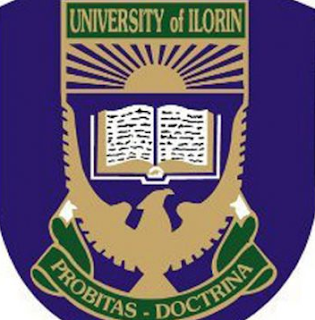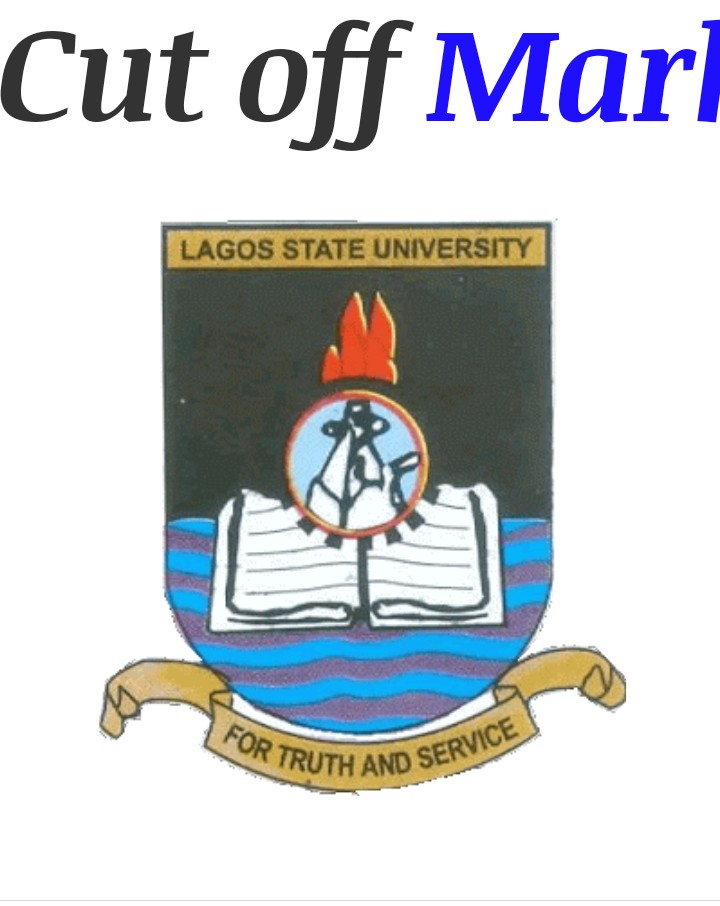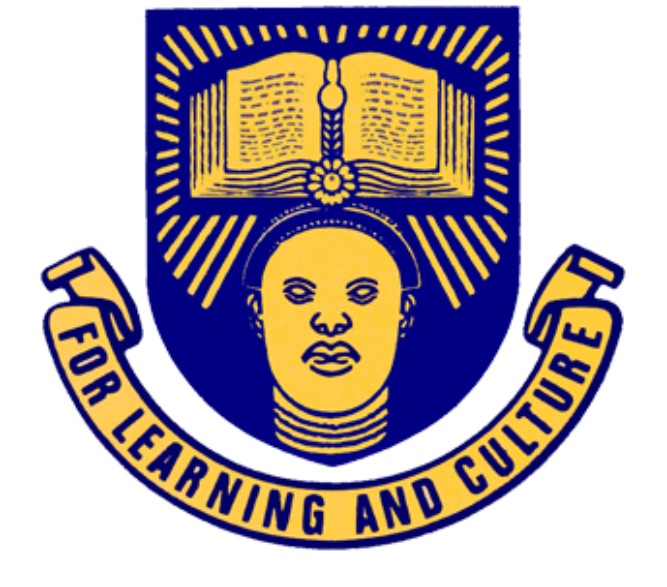Npower m 2024 Stipend/salary delay update
Npower Stipend and Enhancement Programme for Beneficiaries–special update and salary Hope you are aware that the Npower program has come to an end? Recall that the program was scheduled to last for just 2 years after that everything ends. But we have a special update for all of you guys, so don’t panic that everything …






